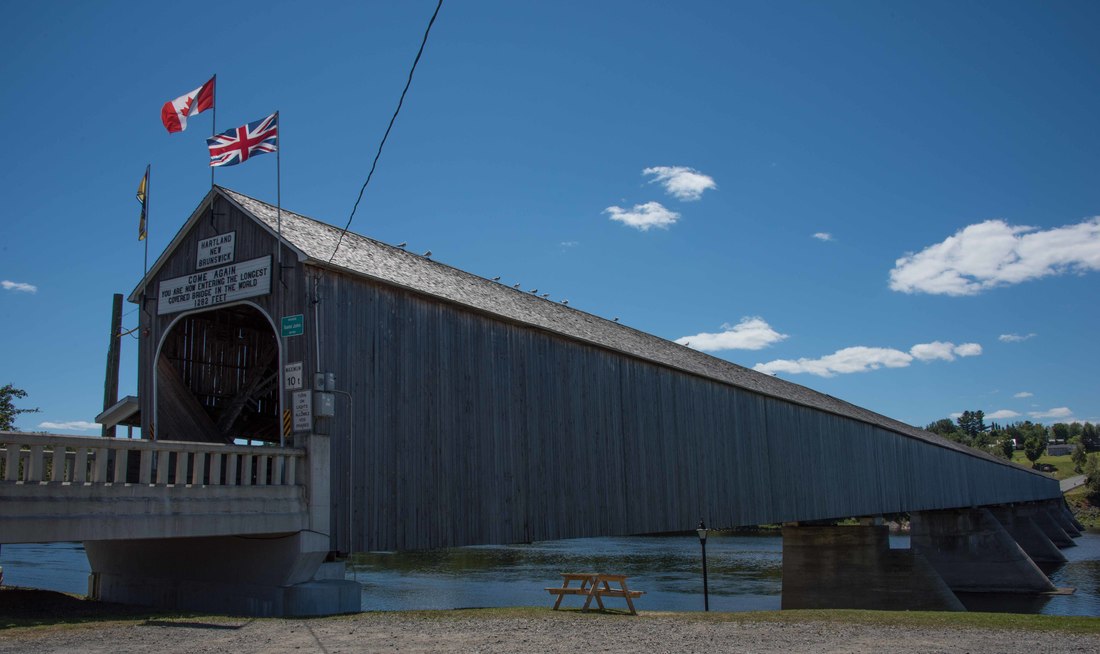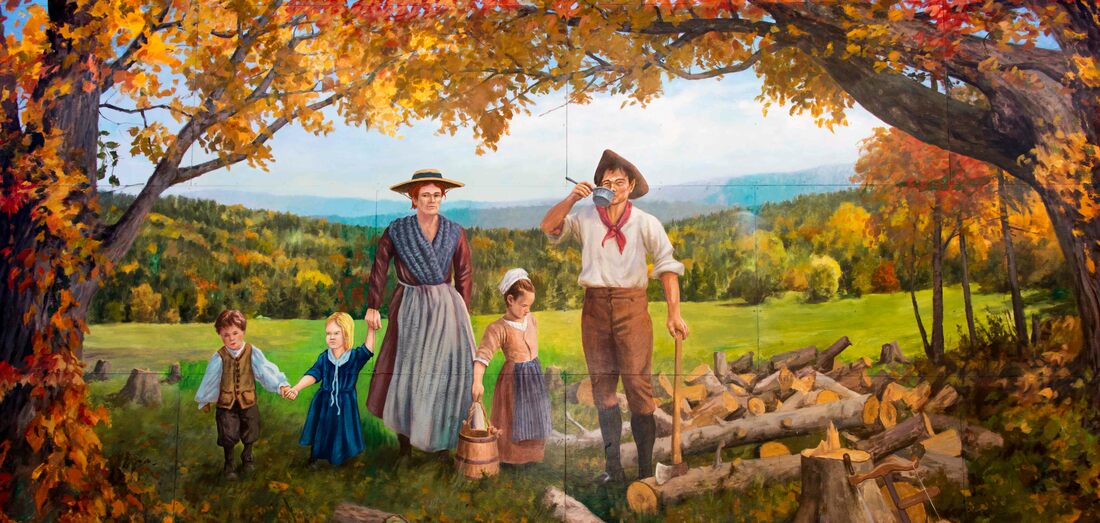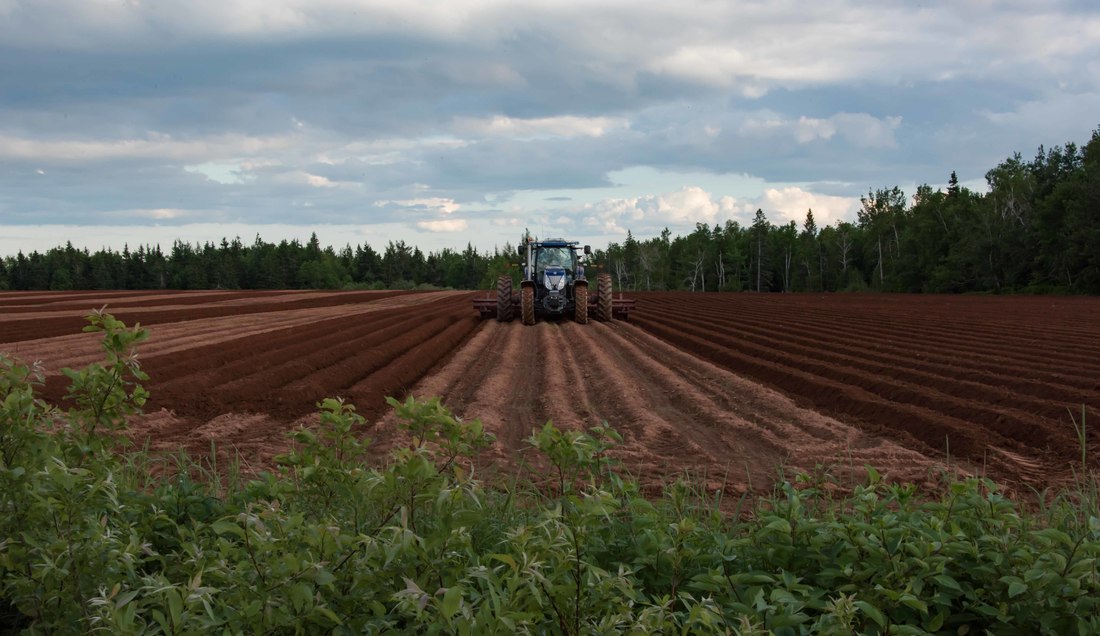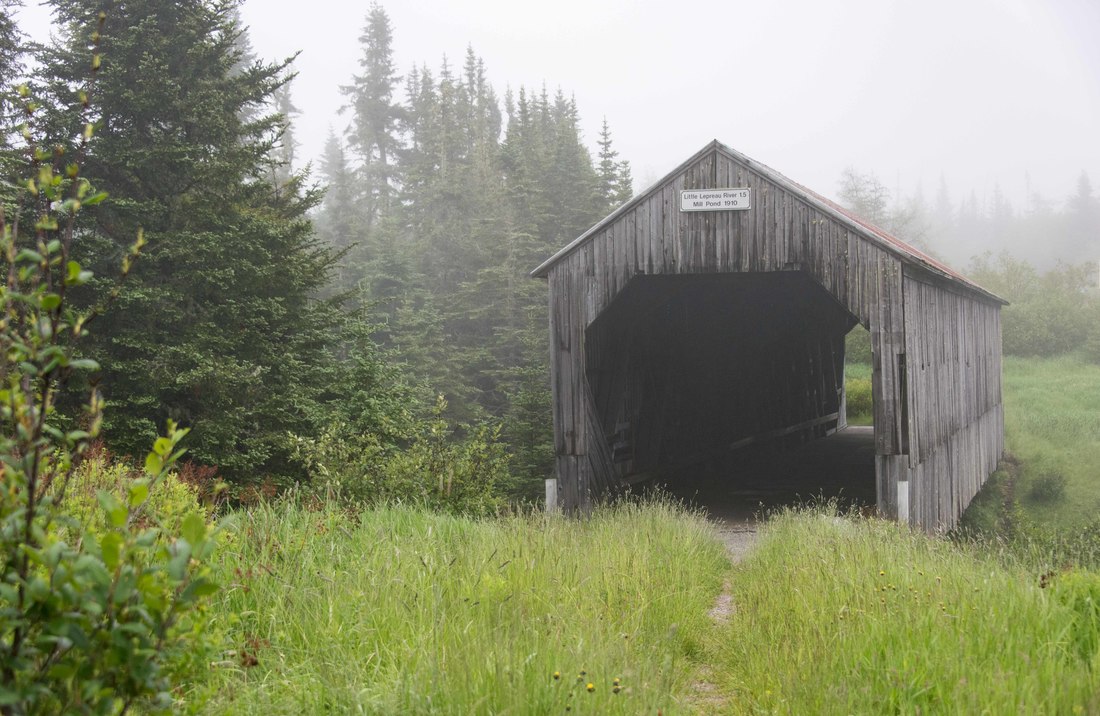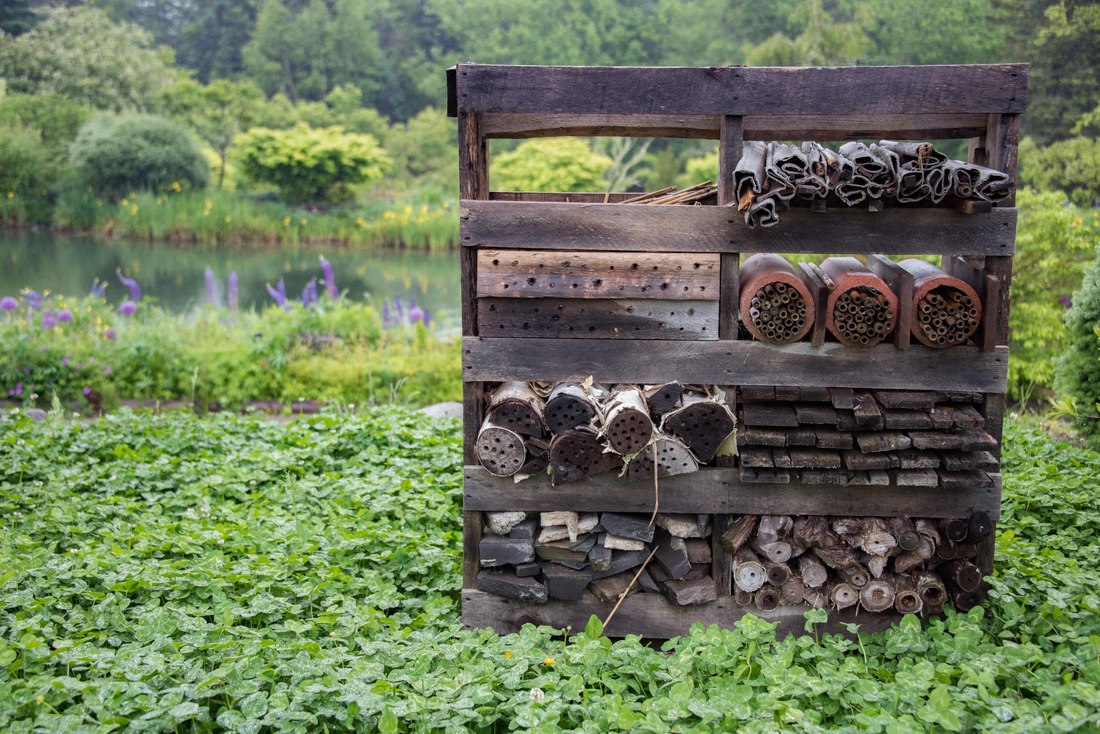
There was so much to love about Ottawa; its historic buildings, colorful pedestrian streets with outdoor eateries for a pint and a bite, walkability, waterfront green spaces, dedicated cycling lanes, and most of all its tributes to Canada’s 150th. In a nonstop 3-day blitz we learned and reacquainted ourselves with many of our country’s seminal moments. (Ottawa area, ON, Aug 6-8)

We had to wake at the crack of dawn to stand in line for 1.5hrs just to earn a place in a tour of two of the trio of buildings on Parliament Hill. The West Block was under scaffolding, leaving the East Block and the Centre Block open for business. What an experience it was to walk between the Centre Block’s hallowed House of Commons, Senate and Library. Not fun fact: In 2018, Parliament’s Centre Block building will be closed for some astounding 10-15 years for rehabilitation. Given the interest in this sight, there will be many disappointed people.

When the fire of 1916 consumed the Centre Block, the library with its priceless books and records was the only room left standing. A quick thinking civil servant had made his way there and ordered that the heavy iron entrance doors be closed, sealing it off from the flames. At the time, high ranking officials worked and lived in the Centre Block with their families so some wives and children also lost their lives…it remains a mystery whether the fire was an accident or act of sabotage.
Each night a sound and light show - with this summer’s chronicling Canada past and present - played out against Parliament's Centre Block building. Using the latest technology and a mind-numbing amount of equipment, the display was by far the most sophisticated we've ever seen. After a rousing half hour of how great the country was, I’m sure we weren’t the only ones feeling emotional as we all stood to sing O Canada.

The Royal Canadian Mint in Ottawa only creates commemorative and investment coins, leaving the day-to-day ones to its Winnipeg location. Here’s a sample sneak peak at the Bank of Canada's upcoming security enhanced bills. Fun fact: As the longest serving monarch in Britain’s history, Queen Elizabeth II has had several decades to appear on our currency and over the years her picture has been updated to include new head wear, from garland to tiara to crown. But more recently, in recognition of Canada’s declining allegiance to the monarchy and the Queen’s sensitivity to that, she decided to no longer be depicted with a crown. We are the only commonwealth country where this is so.

While the city currently goes through the inconvenience of building its first underground transit system, it cleverly created excitement for the project by turning it into a free tech show "Kontiuum" - so popular we had to make advance reservations. Upon entering the subway station, we stepped up to a "personal frequency" reader where a pixelated image of ourselves slowly appeared Star Trek style. After we wound down staircases through flashing lights and effects, our images randomly appeared as part of a futuristic montage projected on screens where subways will eventually run.
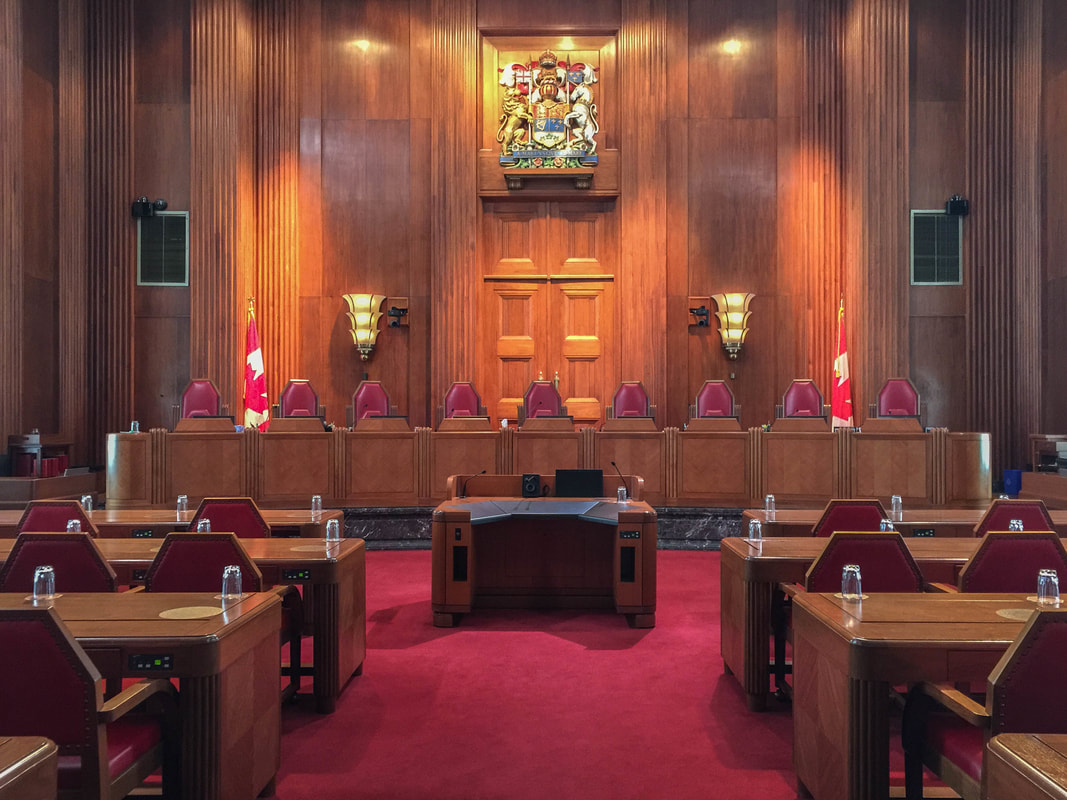
Supreme Court fun facts: as a nod to Britain’s early grip on Canada, there was originally an even number (six) of justices so that any ties could only be broken through consultation with the old country. Later another member was added and eventually the number was increased to the current 9. Of those, 3 have to be from Quebec – according to our guide, at first as an enticement to join the confederation and now justified because Quebec’s civil law is based on French-heritage civil law.

An interesting ‘art imitates life’ story with this painting in the National Gallery…during WW I this artist was commissioned to oversee the painting of two thousand allied warships with geometric patterns so that it would be difficult for the enemy to discern the front or back of the vessel when trying to determine the direction of travel.

As the Cold War between the US and the USSR escalated in the late 1950s, Canada feared it might be a nuclear bomb target which spurred an initiative to build 30 bunkers across the country with the Diefunbunker (a play on Diefenbaker, the prime minister who initiated the project) being the largest. This tunnel ran from end to end to channel the force of the bomb blast away from the main part of the bunker.

Because at the time a country’s currency was guaranteed with gold reserves, if there was a bomb threat all of the Bank of Canada’s bullion would have to be transferred to the bunker and stored in this vault. Several codes were required to open both the vent latch and the main door – each code was known by only 4 people, so it was critical that at least one in each set of 4 had to make it to safety.

Nearby sat Rideau Hall at 1 Sussex Dr. Because the Governor General originally held the most prestigious government rank his residence was appropriately the grandest and designed with hosting dignitaries in mind. After seeing so many dark, gilded rooms during this trip, we found the soft colors refreshing: the playful pink and white 'tent room’ most often used for larger official functions and the pale blue ‘ball room’ last used as its namesake decades ago to celebrate Queen Elizabeth II’s coronation in 1953 - a ball is overdue!

Puffins were the draw for a boat tour out to rock islands. Our camera lens was no match for the serious photographers on board, but we were able to capture enough to remember these striking birds by. Fun facts: Once adults have mated their bright beak colours fade, hence the more muted markings on the ones above. Chicks that have matured and left the nest will not return to land for 2-3 years. (Bird Islands, NS, July 28)

As a UNESCO world heritage site, Lunenburg had 48 blocks of protected homes and businesses all with a past to tell. Germans and Swiss moved here in the 18th and 19th centuries and brought with them old country superstitions and a propensity for ghost stories – a perfect place to take a haunted night tour. As we stood in the graveyard and looked across at this 1895 academy it looked especially spooky. (Lunenburg, NS, July 23)

Early Acadian life was commemorated in this living museum. The culture still remained strong in the surrounding area where many residents were descendants of the original French colonists. The site offered popular free summer camps where kids left behind their electronics for the life of early settlers: using washboards they cleaned the staff's period clothes and kitchen linens, collected the eggs, tended to the vegetable garden, baked, cooked and ate much of what the farm produced… funnily enough there was always a wait list for the camp. (West Pubnico, NS, July 21)

For hundreds of years cod, preserved in salt, was a mainstay both in the Maritimes and as an export. We're not sure how old these few specimens were but the shed reeked - it's hard to imagine the stench that must have permeated bygone wharves where the catch was cleaned, salted and laid out on racks (flakes) to air dry before shipping out.

Habitation at Port Royal - a recreation of the 1605 French settlement, its first in North America. As the harsh conditions and illness took their toll The Order of Good Cheer was established. It successfully increased morale by each upper-class member taking turns hosting an evening of feasting, drinking and performances. (Port Royal, NS, July 19)

This was the first of four needlepoint panels chronicling the 400 years that Fort Anne has existed. In the early 1600s it was built by the Scots, and because of its strategic position, would go on to become the most contested piece of land in North America. Queen Elizabeth
II even contributed a bit of needle-pointing on the panel covering Queen Anne's reign over the fort. (Annapolis Royal, NS, July 19)

Unlike elaborate stone forts we’ve seen elsewhere, this one primarily consisted of a perimeter of steep berms, which were effective for cannonball absorption and visibility. Its modest fortifications may be part of the reason that across thirteen battles it switched hands between the Scots, French and British seven times and changed names along the way.

We’ve wondered why so little of the Bay of Fundy’s tidal power was being harnessed and here we learned the reason - all that Maritime red sediment, so good for agriculture, wreaks havoc on the turbines. This station is successful only because it’s situated along a basalt lined inlet. (Annapolis Royal, July 18)

With the Bay of Fundy’s tidal swing unmatched in the world, it offered the rare opportunity to go Tidal Bore Rafting. As the incoming high tide’s waves made their way up the pinch point of the channel they hit the current flowing in the opposite direction. Riding the turbulence, while holding on tight, we only used the camera as the worst of each soak dissipated. (Maitland, NS, July 16)

A third-generation commercial clammer told us that within the harvesting season there isn't a limit for him but non-commercial diggers can’t exceed 100 of the bivalves per day. Here, harvesting is done by hand unlike the eco-unfriendly ocean floor dredging we saw in Massachusetts. (Five Islands, July 16)
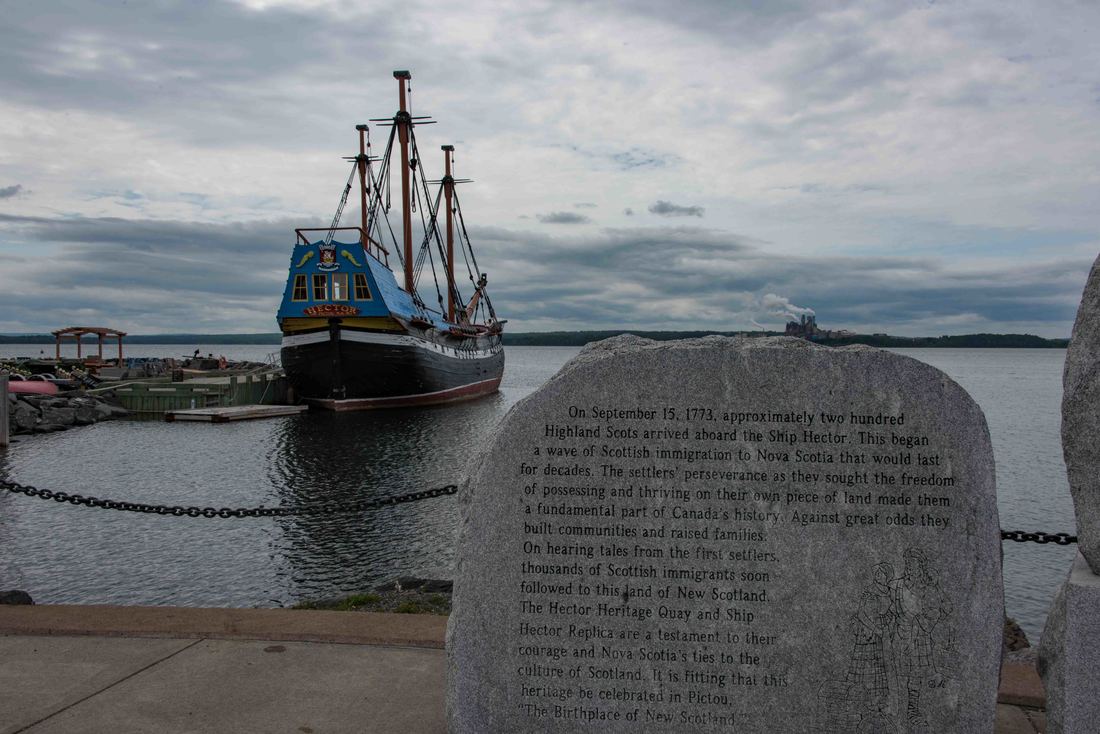
A short ferry from PEI brought us to this small Nova Scotian town where my grandmother was born in 1918. The harbour showcased a replica of the Ship Hector in honour of the early Scottish immigrants who fled the wars and poverty in the old country to start over with the promise, by the shipping agents, of a year of free provisions and a farm. Gale-force winds delayed their arrival, the housing and free provisions never did materialize, the farm was a forest that had to be hand cleared and they were too late to plant crops – so began their arduous new life. Today, clan tartan flags donned the downtown streetlamps and Mac/Mc names dominated the business signage. Predictably we came across some mouth-watering Mrs MacGregor’s Scottish shortbread. (Pictou, NS, July 11)

With $300 million dollars worth of lobster hauled in 2016, its no wonder that piles of traps could be seen everywhere. To think that this delicacy was so poorly appreciated in the early 1800s that it was used as fertilizer. Further south in New England the catches have declined as their waters continue to warm up. (Georgetown, PEI, July 9)

In the province with the lowest crime rate, it was refreshing to freely wander the Lieutenant Governor's residence and property - no gates or security check. Upstairs was the 3-part suite used for royal visits like William and Kate’s last year. Because the house was built in 1832, modern conveniences like indoor bathrooms were only later added as closet sized rooms – not quite the glamour we associated with royalty. (Charlottetown, PEI, July 6)

During a foodie and history walking tour we learned about the local seafood industry - all shellfish are in a sustainable position: last years lobster bounty was particularly plentiful (~23 million pounds in just the Spring season plus the haul from the smaller Fall season) and oysters and mussels made good candidates for cultivation. Downtown Charlottetown was adorable and lively with several theatrical productions, music venues, local artisan shops and a healthy dose of restaurant/tavern options. The above set were part of a pedestrian only street featuring an array of musicians entertaining all day/evening long during the summer. (Charlottetown, July 6)

We took an amphibious vehicle tour of the town and harbour – it was surprisingly agile. As the Hippo drove into the water a hearty version of Gilligan’s Island 3 hour tour theme song was sung. The DUKW (aka The Duck) was first used in WWII, with the Hippo version introduced later. They were only meant to last the duration of the war, but the tourist industry saw a good thing and bought up the survivors. (Charlottetown, July 5)
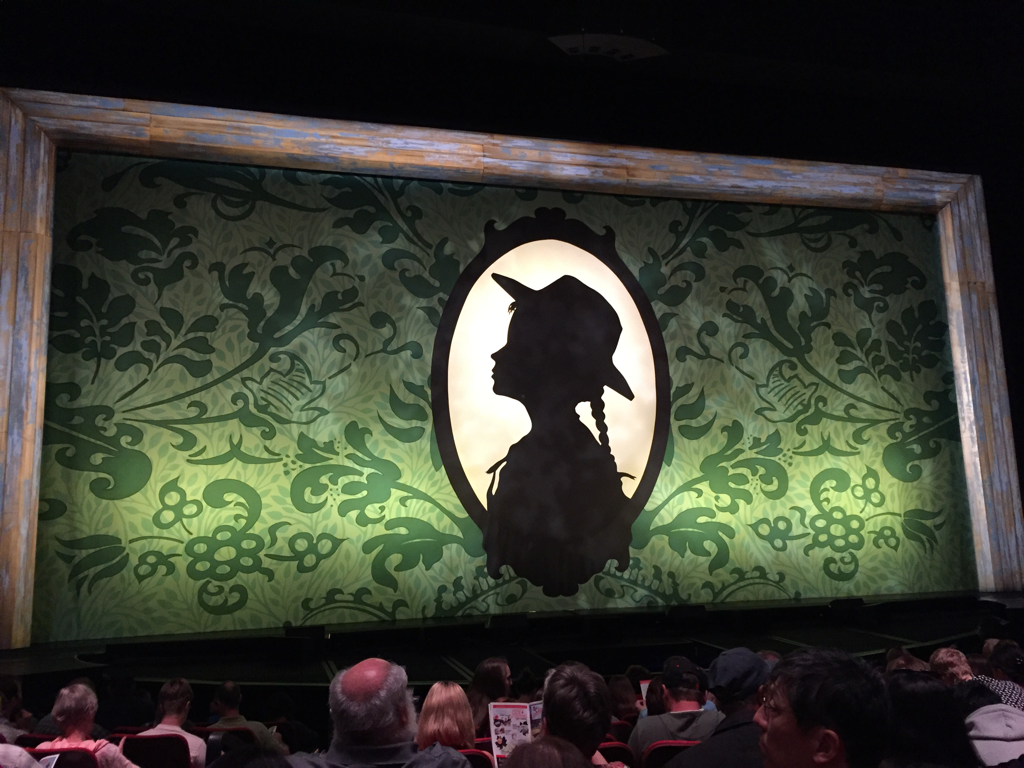
Anne of Green Gables - The Musical is the world's longest running annual musical production. At 53 years strong they put on a stellar show that stayed very true to the first of the Anne of Green Gables novels. Two evenings later we took in the sequel about Anne and Gilbert falling in love. By now we’ve seen and done everything Anne. (Charlottetown, July 4)

The flat, gorgeously scenic, off-road Confederation Trail that traversed the province owed its existence to its namesake. When PEI was first approached by the rest of Canada to join the Confederacy, the citizens were living the good life at the height of the shipbuilding industry and had no need for the paltry offer. Flush with cash they commissioned the railroad company to build an extensive line, but since the enterprise was paid by the mile an opportunistic zigzagging route ensued and eventually bankrupted the province. Duly humbled, PEI capitulated in exchange for debt relief and joined Canada. About a 100 years later the decrepit railway ties were replaced with the island's contribution to the Trans Canada Trail. (Hunter River, PEI, July 4)

Making the most of all things dirt an enterprising veterinary student decided to make the most of the island wide limestone that kept staining his clothes. Today, PEI Dirt Shirts are an iconic island apparel. Loads of the dirt are delivered to the factory, the rocks are sifted out and water and a secret colourfast ingredient are added to make a mud for the washing machines. Pristine white t-shirts are added for a cycle and then soaked for the remainder of the day in plastic tubs. Once thoroughly colored they’re wrung out and finished off in the dryer. (Cavendish, PEI, July 3)

Canada Day was spent in a village where we were able to park the RV literally in the event grounds to make it a comfortable full day outing. After the parade, local performers played the bagpipes, steel banjo and fiddle, we danced on the grass, a couple of ladies treated the crowd to some impromptu Irish Jig and fittingly for this harbour town surrounded by fields of potatoes, the line-up at the fish and chip food truck never ended. (North Rustico, PEI, July 1)

Reading L.M. Montgomery’s “Anne of Green Gables” 8-part series as a young girl, I romanticized the rolling green hills and wildflowers of PEI and have not been disappointed. Rick has gamely joined me in the dark side, listening to the audiobook while we drive around the island. The Cavendish National Park contained the author’s elder cousins’ green gabled home that inspired the novels along with the iconic locations mentioned in them: The Lake of Shining Waters, Haunted Woods and Lover Lane path. Given that Montgomery’s first novel was published in 1908, its amazing that it has continued readership – along with tourists of all ages and from different countries several young girls trouped through the various Anne sites, excitedly telling their parents why this and that was so special, followed by much deliberation over the perfect souvenir in the gift shops. Then I had to push them out of the way to take a turn wearing the Anne hat with braids :) (Cavendish, PEI, June 28)

All the while driving through New Brunswick and PEI colourful lupins have bordered the roads, kept only at bay by the lawnmowers that have been tasked with the annual effort of mowing these invasive weeds into submission. After several attempts to capture their beauty, we finally found a homeowner bucking the effort by allowing his lawn to be overtaken. (Cavendish, PEI, June 27)

Given that the island has some of the lowest costs for housing and acreage in the country its no surprise that many of the 150,00 inhabitants seemed to have a good-sized slice of the property pie. We talked to one university student who owned a modest home with waterfront on an income earned by working in a small eatery during the peak summers months and at Tim Hortons during the off-season. (Abram-Village, PEI, June 26)

A playful display of coffins each containing a potato mortally wounded by one of the many possible diseases. According to the Potato Museum: PEI produces 30% of all potatoes grown in Canada - their annual yield equates to 10,000kg/resident, Canadians eat 66 kg per capita annually - more than any other vegetable. The largest one ever recorded was 8kg in Chester England. (O'Leary, PEI, June 26)

Forgoing the 17lb granddaddy (!!) in a seafood stores tank, we chose a couple of 2 pounders for our first Maritimes lobster dinner. We ate them cold, dipped in hot garlic butter - the only thing missing was potato salad. Apparently, that would have been the classic trio in this part of the world. Fun fact: Atlantic Canada sells more than half the world’s supply of these crustaceans. (Alma, NB, June 23)

The time span between low and high tide was just over 6 hours. Given that the tides reach heights of 46ft, visits to the park had to be carefully timed to catch the sea stacks at their best. Fun fact: If a person stood at the shoreline during the incoming tide they'd be covered toe to head within 30min.

Producing up to a million pounds a year, this island is the dulse seaweed capital of the world and British Columbia, with its large Asian population, is one of their largest customers. The family we bought our supply from had hand harvested the vegetable then dried it for the day on nets laid out over river rocks spread all over their property. We soon found that out its distinct odor filled our pantry so it’s become a bit of a containment challenge. (Grand Manan Island, NB, June 19)













